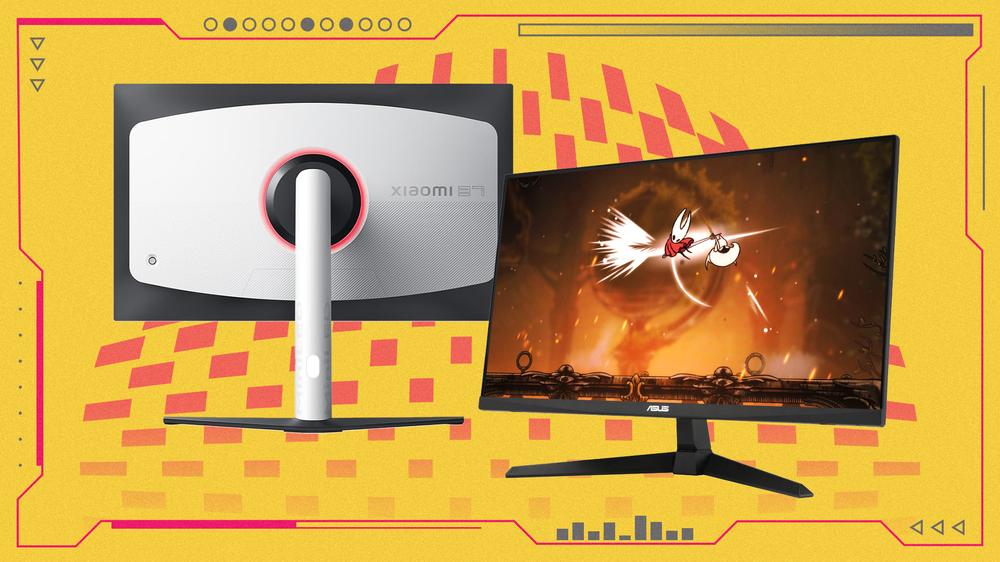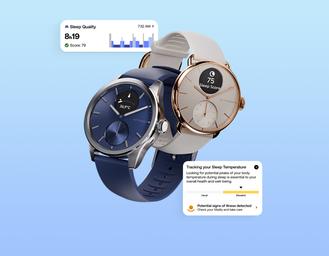Just like pretty much everything else these days, the prices of gaming monitors have risen significantly, especially if you’re looking at displays with OLED panels, massive screens, and high refresh rates at sharp resolutions. Luckily, there is still an excellent pool of affordable monitors out there that don’t sacrifice image quality and features as much as you’d think. Just look at the Xiaomi G Pro 27i, with its incredible mini-LED, quantum dot screen for well under $400, whichs feels like a minor miracle in the age of tarrifs. It's my top pick for a reason: It competes with monitors that cost hundreds of dollars more and is an object lesson in the kind of quality that's available on a limited budget... if you know where to look.
TL;DR – These Are the Best Budget Gaming Monitors:
The best budget gaming monitors may lack certain technology and features, but they still provide an excellent display to enjoy all the capabilities of your gaming PC. Even mid-range graphics cards and CPUs can be pushed to the extreme, as high refresh and 4K monitors can go for relatively cheap. While there are often tradeoffs, like height-adjustable stands on the low end and value-adds like KVM switches on the high end, by focusing on performance and your personal "must haves," you can find truly great values at every price point.
Now, not all budget gaming monitors are created equal, and if something appears too good to be true, it probably is. A $100 monitor might be a great deal upfront, but chances are good it’ll die quickly and/or strain your eyes as you game, doing more harm than good in the end. Our picks may cost a bit more than $100, but their solid builds, excellent panels, and gaming features make for a better experience. However, just like any other gaming accessory, nicer gaming monitors are available if you’re willing to spend more.
Additional contributions by Danielle Abraham, Matthew S. Smith
Best Overall Budget Gaming Monitor
Best Budget 1080p Gaming Monitor
Best 1440p Budget Gaming Monitor
Best 4K Budget Gaming Monitor
Best Ultrawide Budget Gaming Monitor
If you're looking for a budget gaming monitor, a good sweet spot to aim for is around $200-$300. You can find plenty of gaming monitors that are cheaper than that, but then you start running into issues with quality. You're going to have to make compromises either way, but in general, a gaming monitor should last 3-5 years, and a $100 gaming monitor probably isn't going to do that.
In order to find a gaming monitor that hits that price tag, you'll need to know what to look for in a gaming monitor, and figure out which areas are most important to you, so you can make the right compromise for your needs.
Gamers on a tight budget don’t have to make as many sacrifices as they once did, but there’s still a need for some compromise. In general, you can go for a higher resolution, or you can go for a higher refresh rate, but you sadly won’t be able to snag both in a budget gaming monitor.
1080p remains the standard go-to resolution in budget displays. It certainly lacks the clarity of modern 4K TVs, but on the plus side, the low display resolution means you won’t need high-end hardware to play new games and achieve high frame rates. 1440p resolution is a nice upgrade, and a better overall value if you can stretch your budget. A 1440p monitor with a 27" screen actually has a higher pixel density than a 48" 4K television. However, this means a 240Hz refresh rate will no longer be affordable.
4K is available on a budget but you should expect to pay closer to $400 or to make bigger sacrifices in brightness or screen size. You should also bear in mind the higher system requirements to run 4K resolution at high frame rates. In any case, this is the compromise you must make if you want to play at 4K for as little cash as possible.
The refresh rate of budget gaming monitors is generally 60 to 240Hz, with most landing at 144Hz or 165Hz. A refresh rate of 144Hz is a great all-around choice that can handle most games with ease, but 240Hz is a noticeable upgrade for players who only care about competitive games. 360Hz is also now more in reach for cheaper gaming monitors than it used to be.
It’s important to note that a monitor’s maximum refresh rate may not be supported by every input. For example, many monitors that reach up to 165Hz will only support 144Hz over HDMI. DisplayPort is the best bet if you want to use a high refresh rate.
A monitor’s display panel technology is an important and often overlooked factor. All the monitors we recommend use either an IPS or VA panel. IPS panels are prized for motion clarity, vibrance, and responsiveness, all of which makes them great for competitive gaming. VA panels have a much better contrast ratio and far superior dark scene performance, so they’re better for games with immersive, high-end graphics.
Screen size is less of a limitation than it used to be. Our budget gaming monitor guide focuses on 27" options, alongside a 34" ultrawide. Smaller monitors (24") tend to be less expensive and are also preferred by competitive gamers, who want the entire display to be firmly within their focus. Larger monitors (32" and up) are more immersive, but will start to lose detail if not accompanied by a higher resolution. With that said, it is possible to buy a monitor that’s too large for your desk, so make sure to measure if you’re unsure. If in doubt, a 27" monitor with a 16:9 aspect ratio is a safe bet.
It’s wise to buy a monitor with Nvidia G-Sync or AMD FreeSync support, depending on whether you have an Nvidia or AMD video card. Many budget gaming monitors support both. My preferred picks all list the standards they support.
Finally, a note about HDR. While HDR is marketed on many affordable monitors, it unfortunately remains unimpressive on most as they only get up to a maximum 400-nits of screen brightness. A maximum brightness of 400 nits is considered "HDR compatible" because it will technically display this content but it will lack the dynamic range required to display more than SDR.
What is the best type of panel?
Budget gaming monitors typically come with either a VA or IPS panel. One of my picks is an IPS monitor with a mini-LED backlight and trumps both other panel types due to how the technology is implemented. Go with that if your budget and needs allow for it. Otherwise, the choice between VA and IPS comes down to three things: response time, colors, and contrast.
For response time and color accuracy, IPS panels are the way to go, though the former is much less of a concern than it used to be. These days, 1ms panels exist for both types. IPS monitors still tend to offer the most vivid and accurate colors, however.
For contrast, unless the monitor uses a mini-LED backlight like my top pick, VA has a major advantage. Because it doesn't use edge-lighting like IPS panels do, dark colors and blacks look much more rich. Because of this, VA panels can offer a better dynamic range.
While there is no "best," there are certainly better choices depending on what you value most in a gaming monitor.
When are gaming monitors most affordable?
The best time to buy a gaming monitor for a reasonable price (or a budget gaming monitor for even cheaper than usual) is during shopping events like Amazon Prime Day and Black Friday. Gaming monitor deals can also pop up during Back to School sales, and major retailers usually lower the price on older models to make way for new releases.
What size gaming monitor should I get for gaming?
It’s really a matter of personal preference when choosing a gaming monitor, but there are some general rules of thumb to keep in mind. The first is the most obvious: Consider your available space. You don't want to get excited for your new monitor to arrive only to find that it won't fit into your gaming space. Next, consider the resolution of the monitors you're considering and how it relates to pixel density. A 24" monitor is more compact and is a good fit for 1080p gaming. For 1440p, 27-32" is a good fit, offering plenty of detail and a bigger-screen gaming experience. For 4K, I recommend a minimum of 27" to take advantage of its higher pixel count. Also beware of 1080p monitors larger than 27" as each pixel becomes visible at this size, leading to a screen door effect.

 “Fallout” fans suspect alleged leaked Target merch may use AI-generated art
“Fallout” fans suspect alleged leaked Target merch may use AI-generated art